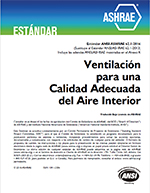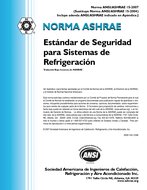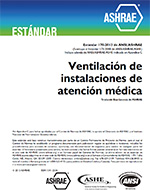Description
The majority of U.S. homes are heated by natural gas, particularly in the Midwest and Northeast. For these homes, over 80% are heated by warm-air furnaces which range in efficiency from 80% to 98% AFUE. Recently, higher efficiency “condensing” models (≥ 90%) have saturated the market, particularly in Northern states, and shifting federal standards will further drive adoption of “condensing efficiency” heating equipment. Currently, there are no higher efficiency gas units beyond the “condensing” models. Looking ahead, an emerging class of gas-fired heat pumps could continue this drive towards high-efficiency gas heating. The authors review findings from a recent development and demonstration of a residential-scale gas heat pump (GHP) for space heating, including results from laboratory and field evaluations. The field evaluations include an installation on a commercial building where space heating is provided and a residence where space and water heating is provided. The GHP is based on the single-effect absorption cycle and is designed using components that favor mass-production. With a large potential for energy savings, a projected AFUE of 140% at 47°F, the GHP can represent a shift in home heating that present both challenges and opportunities for the end users and efficiency advocates alike. As a heat pump, the GHP output capacity and efficiency are affected by operating conditions (e.g. outdoor temperature) and while these effects are smaller than on typical vapor compression heat pumps due to the nature of the absorption cycle, they differ greatly from conventional gas heating equipment. Also there are infrastructure considerations, such as that GHPs typically require outdoor installation which shifts the combustion process outdoors, a benefit from a venting and combustion safety perspective, but also require the installation cost associated with a freeze-tolerant indirect hydronic loop. In addition to reviewing these challenges and opportunities in comparison to conventional gas heating equipment, the authors provide an overview of the GHP development, including performance goals, GHP design, and prototype performance under controlled laboratory conditions.
Citation: 2017 Winter Conference, Las Vegas, NV, Conference Papers
Product Details
- Published:
- 2017
- Number of Pages:
- 8
- Units of Measure:
- Dual
- File Size:
- 1 file , 970 KB
- Product Code(s):
- D-LV-17-C076




